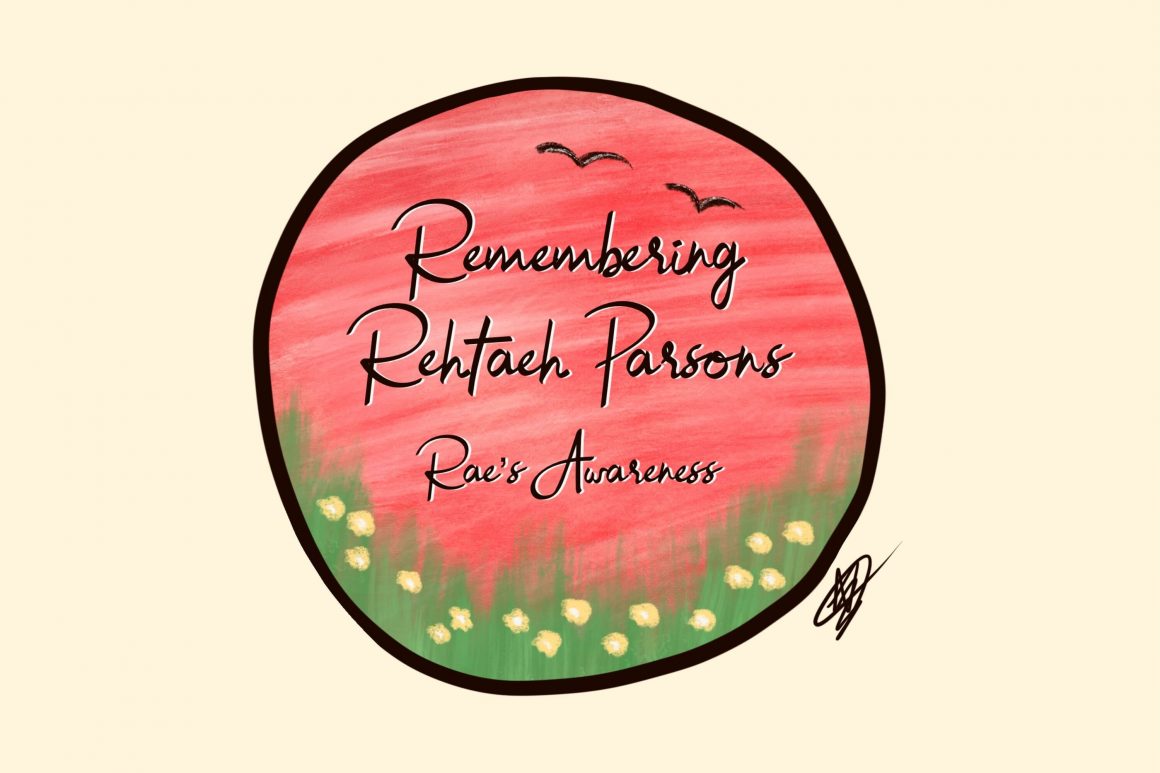
Red Dresses and Memory Stones: How ordinary objects can inspire collaborative activism
By Eula Mengullo, June 13 2022—
The REDress Project was created in 2010 by Métis artist and activist, Jaime Black. It sees red dresses suspended where people least expect them to be. The project addresses the crisis of gender-based violence amongst Indigenous women and girls. Similarly, the Memory Stones project — created by Leah Parsons — tackles the issue of gender-based violence and cyberbullying by the use of painted beach stones. Together, these projects help draw awareness on key issues by combining art and activism.
In an interview with the Gauntlet, Nicolette Little — instructor and PhD candidate at the University of Calgary — highlights the significance of seemingly ordinary items in creating consciousness on societal issues that are often difficult to talk about.
Little, who conducted extensive interviews with Black and Parsons, shared how the use of accessible materials has helped their causes gain momentum.
“The [REDress Project] addresses a topic that not everyone is comfortable talking about. It addresses it in a way that catches attention with these stunning red dresses that are found in places where they are least expected. The fact that they are a surprise art means that people can’t avoid the topic as easily,” said Little. “The red dresses are a very accessible way for people to discuss the difficult topic of violence against Indigenous women and girls.”
Little, whose dissertation looked at arts-based activism, shared how the use of everyday items increased awareness on anti-violence issues and inspired involvement amongst ordinary citizens.
“What my interviews have shown was that people were really inspired by these activisms because they show that speaking out against gender-based violence was doable by everyday citizens,” she said. “You didn’t need to have a broadcasting journalism degree or elaborate technology to inspire people.”
Little expressed her admiration for both projects’ capacity to garner international attention with the use of conveniently ordinary items. The REDress and Memory Stones projects have demonstrated a great turnout of replicability, both internationally and domestically. Little also noted that the accessibility of these projects have helped bring individuals within a community of like-minded advocates.
In discussing other ways that people can engage with gender-based violence advocacy, Little acknowledged the powerful role that educators play in shining light on issues relating to equity and social justice. Beyond the classroom, she recognizes the availability of social media to share information and perpetuate conversations on these issues.
“What [Black and Parsons] have shown is that we can use everyday items, and with a little creativity, put them together in a way that engages people in these topics,” said Little. “With inspiration, creativity, and trust in ourselves, we can talk about these subjects and raise awareness.”
By the use of objects that are easily replicable, these projects demonstrate that anyone can partake in bringing societal consciousness on topics that would otherwise be overlooked.
In her closing remarks, Little emphasized the importance of accessible activism to help alleviate the stigma around gender-based violence awareness. She emphasized how there is plenty of work to be done on this area as cases of violence against women and girls have typically gone unreported. Out of a thousand charges brought forward, only a few would result in a conviction.
More information on collaborative activism, the REDress and Memory Stones projects are available online.
